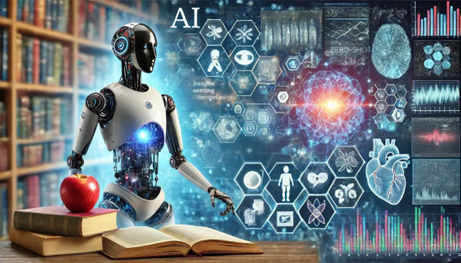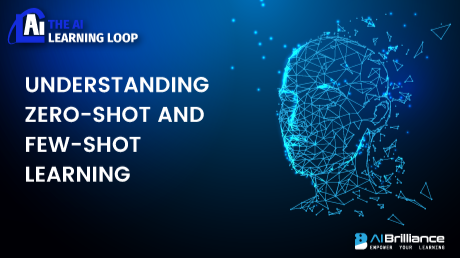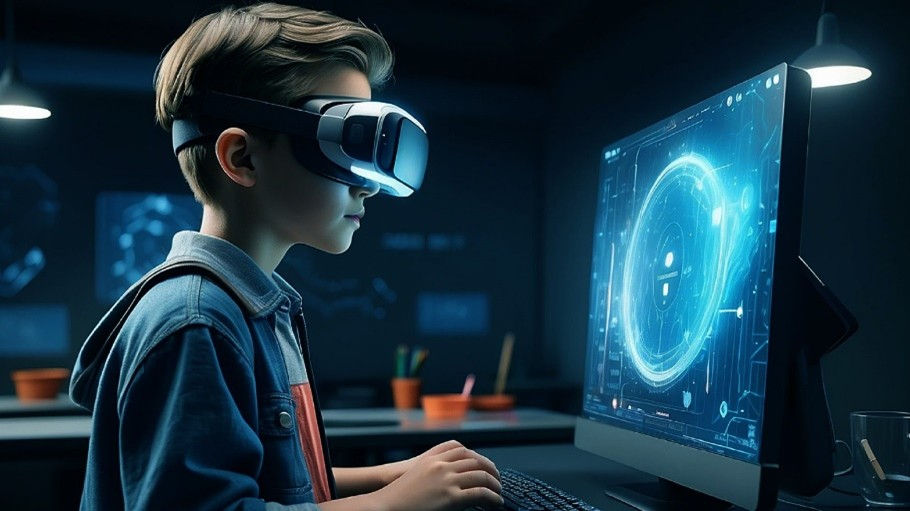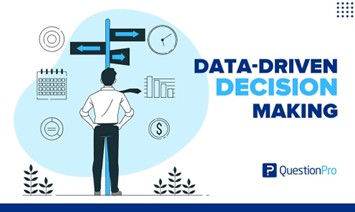Zero-Shot Learning: How AI is Bridging the Gap Between Data and Decision-Making
- Minakshi DEBNATH

- May 31
- 4 min read
MINAKSHI DEBNATH | DATE: January 28,2025

In the rapidly evolving landscape of artificial intelligence (AI), the ability to make decisions based on minimal or no prior training data has emerged as a groundbreaking advancement. Known as Zero-Shot Learning (ZSL), this approach allows AI systems to generalize knowledge to unseen scenarios, significantly enhancing their flexibility and utility. By bridging the gap between raw data and actionable decisions, ZSL is reshaping industries and pushing the boundaries of what AI can achieve.
What is Zero-Shot Learning?

Zero-Shot Learning is a machine learning technique where an AI model performs tasks it has never encountered before without explicit training on the specific data related to the task. Unlike traditional machine learning approaches, which require labeled datasets for every scenario, ZSL leverages pre-trained models, semantic embeddings, and natural language descriptions to infer relationships and make predictions.
For instance, if an AI trained to classify animals has never encountered a "zebra" but understands the textual description "striped horse-like animal," it can identify a zebra in an image. This ability to infer from context and generalize beyond the training data is the essence of Zero-Shot Learning.
How Zero-Shot Learning Works
ZSL typically relies on the following components:

Pre-Trained Models:
These models, trained on large, diverse datasets, capture broad knowledge that can be transferred to new tasks.
Semantic Embeddings:
Representations of concepts (e.g., words or images) in a shared space allow models to associate descriptions with data points.
Knowledge Transfer:
ZSL employs information from related tasks or domains to infer decisions in previously unseen scenarios.
Natural Language Processing (NLP):
The integration of NLP enables models to understand textual descriptions, facilitating reasoning and decision-making in unfamiliar contexts.
Bridging Data and Decision-Making

Zero-Shot Learning is a game-changer in the journey from raw data to actionable insights. Here’s how it bridges the gap:
Eliminating Data Bottlenecks:
Traditional AI systems often require extensive labeled datasets, which can be expensive and time-consuming to produce. ZSL minimizes the need for such data, enabling faster deployment and scalability, particularly in dynamic environments where new data emerges constantly.
Enhancing Decision-Making in Unseen Scenarios:
In real-world applications, it’s impossible to anticipate every situation an AI might encounter. ZSL equips systems to handle novelty by making educated guesses based on prior knowledge, improving their adaptability and robustness.
Enabling Multimodal Understanding:
By combining data from various sources, such as text, images, and audio, ZSL creates a holistic understanding of complex situations. This capability is crucial for domains like autonomous vehicles, healthcare diagnostics, and customer service.
Accelerating Time-to-Insight:
ZSL’s ability to generalize across domains reduces the time required to extract meaningful insights from data, enabling quicker and more informed decision-making processes.
Real-World Applications of Zero-Shot Learning
Healthcare:
ZSL assists in diagnosing rare diseases by identifying patterns in medical images and descriptions, even without prior training on specific conditions.
Natural Language Understanding:
Chatbots and virtual assistants leverage ZSL to understand and respond to queries outside their training scope, improving user experience.
Autonomous Systems:
From self-driving cars to drones, ZSL enables systems to adapt to new environments and unexpected scenarios.
Retail and E-commerce:
ZSL powers personalized recommendations by understanding customer preferences without requiring explicit examples.
Cybersecurity:
It identifies emerging threats by generalizing from known attack patterns, offering proactive protection.
Challenges and Future Directions
While Zero-Shot Learning offers immense potential, it is not without challenges:
Generalization Limitations:
ZSL models may struggle with tasks requiring deep contextual knowledge or highly specific domain expertise.
Semantic Gap:
Bridging the gap between abstract concepts and concrete data representations remains an ongoing challenge.

Bias in Pre-Trained Models:
Biases in the training data of pre-trained models can impact the fairness and accuracy of ZSL.
To overcome these challenges, researchers are exploring advanced architectures, larger and more diverse datasets, and the integration of human feedback.
Conclusion
Zero-Shot Learning represents a paradigm shift in AI, allowing systems to make decisions and provide insights in unfamiliar scenarios with remarkable efficiency. By reducing dependency on labeled data and enhancing adaptability, ZSL is transforming industries ranging from healthcare to autonomous systems. As the technology evolves, its potential to bridge the gap between raw data and actionable decisions will only grow, unlocking unprecedented opportunities for innovation and problem-solving. In a world that demands agility and intelligence, Zero-Shot Learning is paving the way for a future where AI truly understands and responds to the complexities of human life.
Citation/References:
Lark Editorial Team. (2023, December 29). Zero shot learning. https://www.larksuite.com/en_us/topics/ai-glossary/zero-shot-learning
Wikipedia contributors. (2025, January 4). Zero-shot learning. Wikipedia. https://en.wikipedia.org/wiki/Zero-shot_learning
Walidamamou. (2025, February 3). A guide of zero shot vs few shot techniques in NLP. UBIAI. https://ubiai.tools/comprehensive-guide-of-zero-shot-vs-few-shot-techniques-in-nlp/
Tiwari, S. (2025, January 15). Zero Shot Learning Explained — Basics to Real-World applications. Medium. https://medium.com/@st4046641/zero-shot-learning-explained-basics-to-real-world-applications-7e25a2e09f79
RapidCanvas. (2024, June 26). Bridging the gap between data and decisions summaries. RapidCanvas. https://www.rapidcanvas.ai/blogs/bridging-the-gap-between-data-and-decisions
Image Citations:
Scientist, S. a. D. (2024, November 22). Few-Shot and Zero-Shot Learning: Teaching AI with Minimal Data. Medium. https://medium.com/@sahin.samia/few-shot-and-zero-shot-learning-teaching-ai-with-minimal-data-801603ed40f8
Collaborators, Q. (2023, June 19). Data-driven decision making for Beginners. QuestionPro. https://www.questionpro.com/blog/data-driven-decision-making/
(23) Understanding Zero-Shot and Few-Shot Learning | LinkedIn. (2024, August 15). https://www.linkedin.com/pulse/understanding-zero-shot-few-shot-learning-aibrilliance-kmldc/
Sarojag. (2024, April 30). Know about Zero Shot, One Shot and Few Shot Learning. Analytics Vidhya. https://www.analyticsvidhya.com/blog/2022/12/know-about-zero-shot-one-shot-and-few-shot-learning/
Tiwari, S. (2025, January 15). Zero Shot Learning Explained — Basics to Real-World applications. Medium. https://medium.com/@st4046641/zero-shot-learning-explained-basics-to-real-world-applications-7e25a2e09f79





Comments